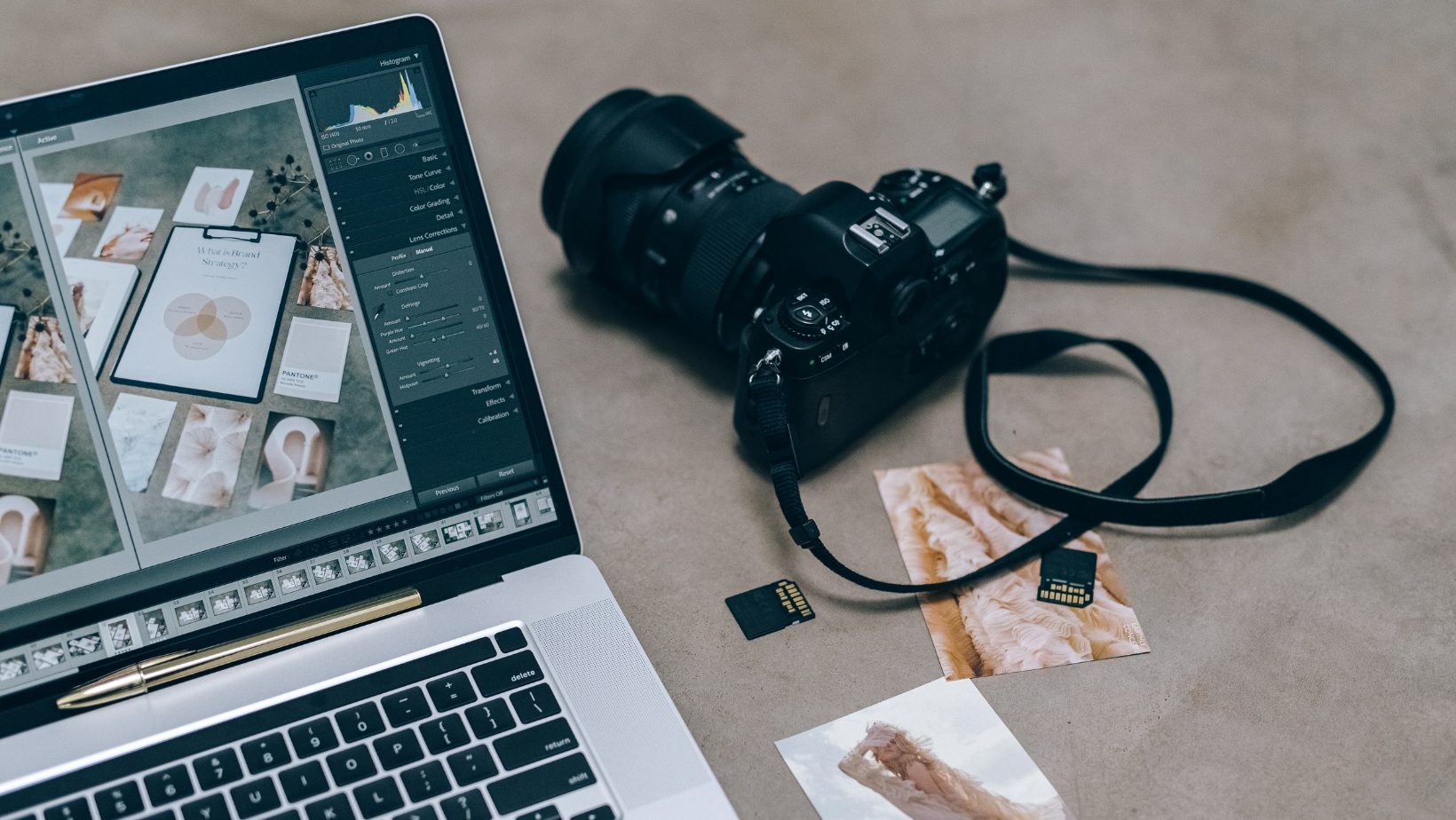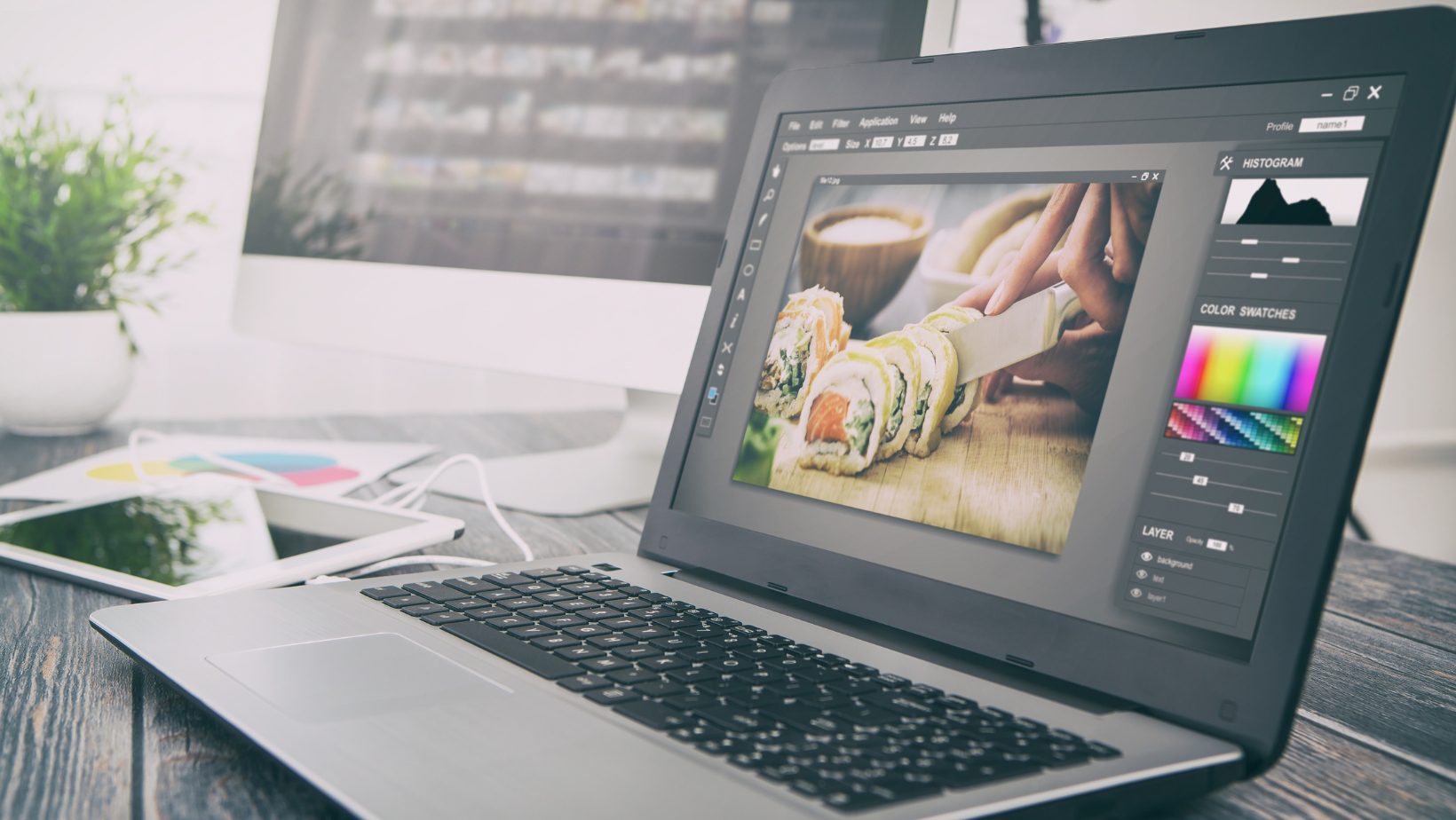
One important factor to consider when searching for a cheap laptop for photo editing is the processing power. Look for laptops with at least an Intel Core i5 or AMD Ryzen 5 processor to ensure smooth performance while running resource-intensive editing software.
Another crucial aspect is the display quality. Opt for a laptop with a high-resolution screen and accurate color reproduction, such as an IPS panel, to accurately edit and enhance your photos.
Additionally, make sure the laptop has ample storage space, preferably with both solid-state drive (SSD) and hard disk drive (HDD) options. This will allow you to store your large image files without compromising on speed.
Cheap Laptops for Photo Editing
When it comes to buying a cheap laptop for photo editing, there are several important factors to consider. As an expert in this field, I’ll guide you through the key points to keep in mind before making your purchase. Whether you’re a professional photographer or an amateur enthusiast, finding a budget-friendly option that meets your editing needs is crucial.
- Processing Power: One of the most vital aspects to consider is the laptop’s processing power. Photo editing software requires a significant amount of processing capabilities to handle tasks like rendering and applying filters smoothly. Look for laptops with at least an Intel Core i5 or AMD Ryzen 5 processor for optimal performance without breaking the bank.
- RAM and Storage: Another essential factor is the laptop’s memory (RAM) and storage capacity. When working with large image files and running resource-intensive applications, having enough RAM becomes crucial for smooth multitasking and faster data access. Aim for at least 8GB of RAM, but if possible, opt for 16GB or more for better performance. Additionally, consider getting a laptop with SSD storage instead of traditional HDD as it offers faster read/write speeds.
- Display Quality: The quality of the laptop’s display plays a significant role in accurately representing colors and details while editing photos. Look for laptops with IPS panels that provide better color reproduction and wider viewing angles compared to TN panels. A Full HD resolution (1920×1080) should suffice for most photo editing tasks, but if you can find a higher resolution display within your budget, go for it.
- Graphics Card: While not essential for all photo editing workflows, having a dedicated graphics card can significantly improve performance when working with complex edits or utilizing GPU-accelerated features in certain software programs like Adobe Photoshop or Lightroom. Look out for laptops equipped with NVIDIA GeForce GTX or AMD Radeon RX series GPUs if you work extensively on graphic-intensive projects.
- Portability: Consider your need for portability. If you often work on the go or require a laptop that is easy to carry around, prioritize lightweight and compact designs. However, keep in mind that extremely thin and light laptops may compromise on certain features like cooling capabilities or have smaller displays.
Remember, finding a cheap laptop for photo editing is all about striking the right balance between affordability and performance. Take your time to research different models, compare prices, and read user reviews before making a decision.

Understanding the Minimum System Requirements for Photo Editing
In this section, I’ll walk you through the key factors to consider when looking for a budget-friendly laptop for your photo editing needs.
- Graphics Card: While not as critical as in gaming laptops, having a dedicated graphics card can enhance your photo editing experience by accelerating certain tasks like rendering or applying complex effects. Look for laptops with at least an NVIDIA GeForce MX150 or AMD Radeon Pro GPU for optimal performance within your budget.
- Display Quality: A high-resolution display with accurate color reproduction is essential when working on photos. Look for IPS panels with Full HD (1920×1080) resolution or higher if possible, as they offer better color accuracy and wider viewing angles compared to TN panels.
- Storage: Opting for a Solid State Drive (SSD) over traditional Hard Disk Drives (HDD) will significantly improve overall system responsiveness and reduce file loading times in your photo editing software. Ideally, aim for at least 256GB SSD storage capacity; however, if you work extensively with large RAW files or videos, consider a laptop with additional storage options or an external hard drive.
Remember, while these are the minimum system requirements for photo editing, investing in slightly higher specs will future-proof your laptop and provide a smoother editing experience. Keep an eye out for deals and discounts to find cheap laptops that meet or exceed these specifications.



